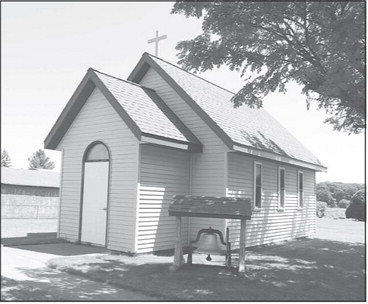Mining questions and the big picture
Exploratory drilling for copper and gold is now underway in Taylor County. Many people have been working hard on the details in order to protect the environment in the process. This includes individuals as well many groups and organizations — about a dozen by my count — at the local, state, tribal, and national levels. Ever since the start of exploratory drilling, issues have arisen to require modifications in the process.
As important as these details are, it is worthwhile to step back and look at the big picture for mining. The first copper mines in our region are documented from about 6,000 years ago near the shores of Lake Superior, a similar date to the earliest mines in other parts of the world. Evidence for dating these mines comes from layers of pollution left behind. As the human population has grown, our need for mined metals has grown with it, and the need to control the environmental impacts has become even more critical.
Copper is one of the most recyclable minerals, due to its stability and value. So while a modern car has several more times copper than older models, it is nice to know that 100% of the copper in most new vehicles is recycled. You cannot drive any vehicle without some pollution, of course. Nor can we effectively recycle some copper such as in small batteries, pennies, and small electronic devices.
So mining copper and other minerals will be needed for some time. Many areas of the world are dominated by illegal mining where the local communities and environment have often been devastated. But the impacts of that mining are global. As part of the big picture, we can do better in places like Wisconsin.
Unfortunately, the environmental record for mines has been generally poor. Mining always results in some environmental damage, but there has been progress in protecting the environment in recent years. The main reasons for environmental disasters from mines stem from three problems: 1) Mines sited in an area where it is not feasible to assure prevention of environmental problems; 2) Inadequate or corrupt agencies in charge of permitting mines and enforcing regulations; 3) Lack of local involvement of citizens protecting their own environment for future generations.
For the bigger picture in Taylor County, I have been impressed with the organizations and individuals working with issues #2 and #3. But for #1, the location of this mine, I have major reservations. The anticipated network of mines would create a huge disruption to a protected wild area. The Bend Site is in a national forest where the goals are simply not compatible with several large mines. Species like black bears and goshawks, for example, need large areas to roam without threat of disturbance and even increased roadkill. The Department of Natural Resources lists at least four species that are state-threatened and found in or near the proposed mine area and it is hard to see how they can survive mining. Call me NOT convinced.
Medford

